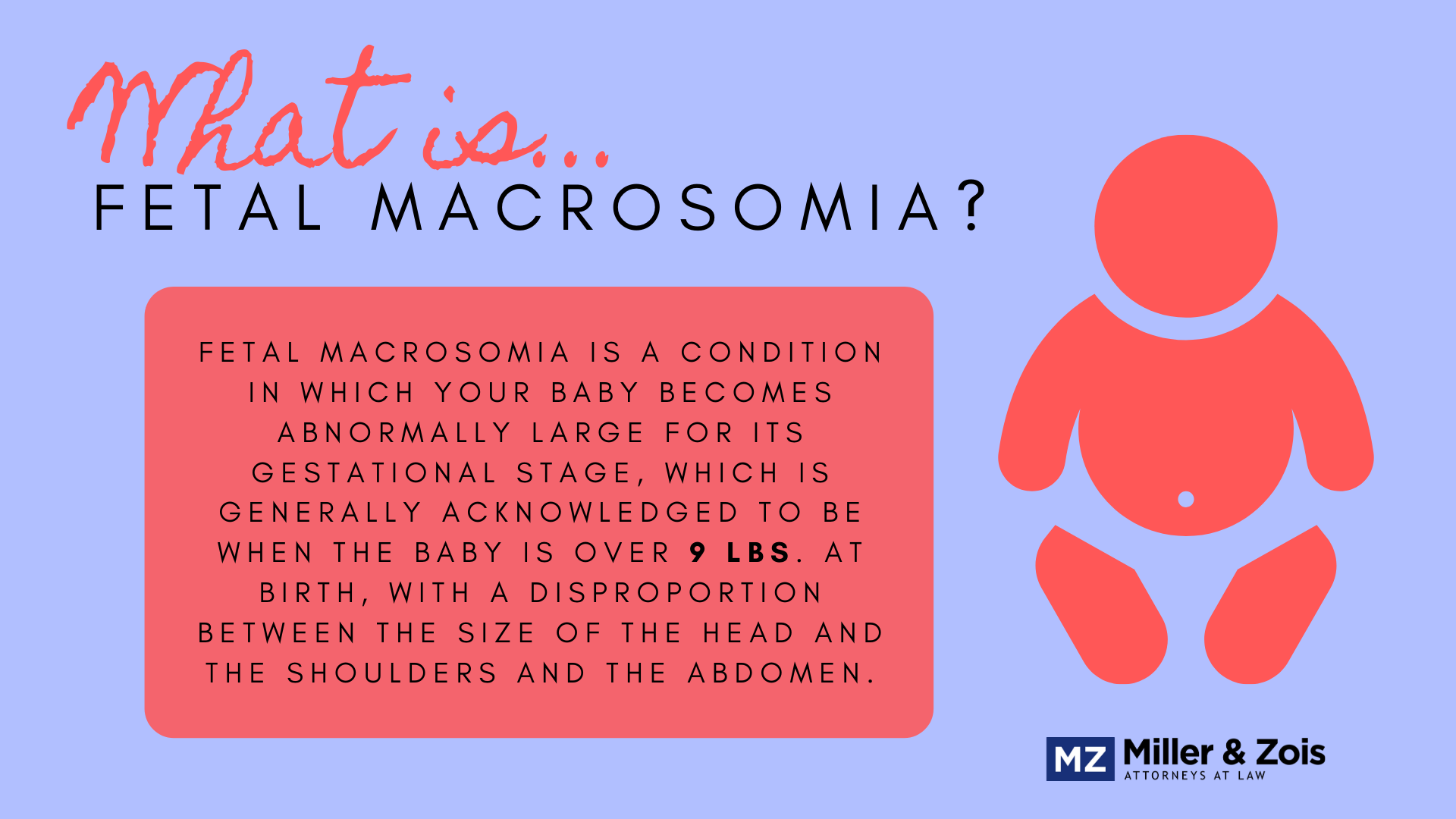
There are not many malpractice settlements and verdicts in Hawaii. Here are three that I found and the awards or settlements are significant:
- 2019, Hawaii: $18,760,000 Settlement. A woman suffered an end-stage renal disease after experiencing a sepsis-related infection while giving birth at Tripler Medical Center. She experienced repeated and increased hypotension and tachycardia episodes after being transferred to the postpartum unit. Her lab results showed that she developed sepsis and disseminated intravascular coagulopathy. She eventually suffered permanent kidney damage. An infectious disease expert confirmed the group A streptococcus that resulted in toxic shock syndrome, sepsis, and bacteremia. Upon being discharged, she underwent hemodialysis three times a week. Within two years, she was hospitalized for gallstones and increased fluid in her abdomen. She and her husband sued Tripler for failing to timely diagnose or treat her kidney failure. They allege that she now needed a kidney transplant and other organ transplants throughout her life. The magistrate judge initially awarded $24,743,668. However, the federal government appealed the case. It eventually settled for $18,760,000.
- 2013, Hawaii: $4,250,000 Award. A 15-year-old became paralyzed from the neck down after receiving steroid treatment for lupus. She developed a facial rash and slurred speech while visiting Hawaii with her family. She saw a pediatric rheumatologist, who diagnosed her with lupus. An MRI revealed some white matter density in her brain. Upon hospital admission, the rheumatologist prescribed weekly methylprednisone and prednisone doses to be taken for four weeks. The teenager responded well to the medication; her speech resolved, and her blood tests showed no increases in lupus antibodies. The rheumatologist had her continue this regimen. Right before the fourth week, the teen complained of muscle weakness. Her mother had her stop taking the medications. She eventually showed myopathy signs and was subsequently admitted to the hospital. She eventually could not move her body from the neck down. The teen and her mother sued the treating medical center for prescribing a high steroid dose. She now needed lifetime medical care because of her injuries. The first trial, held in 2009, awarded $6,150,000. However, the Hawaiian Supreme Court ordered a new trial based on erroneous evidence. The second trial’s jury awarded $4,250,000, which the court reduced to $1,800,000.









